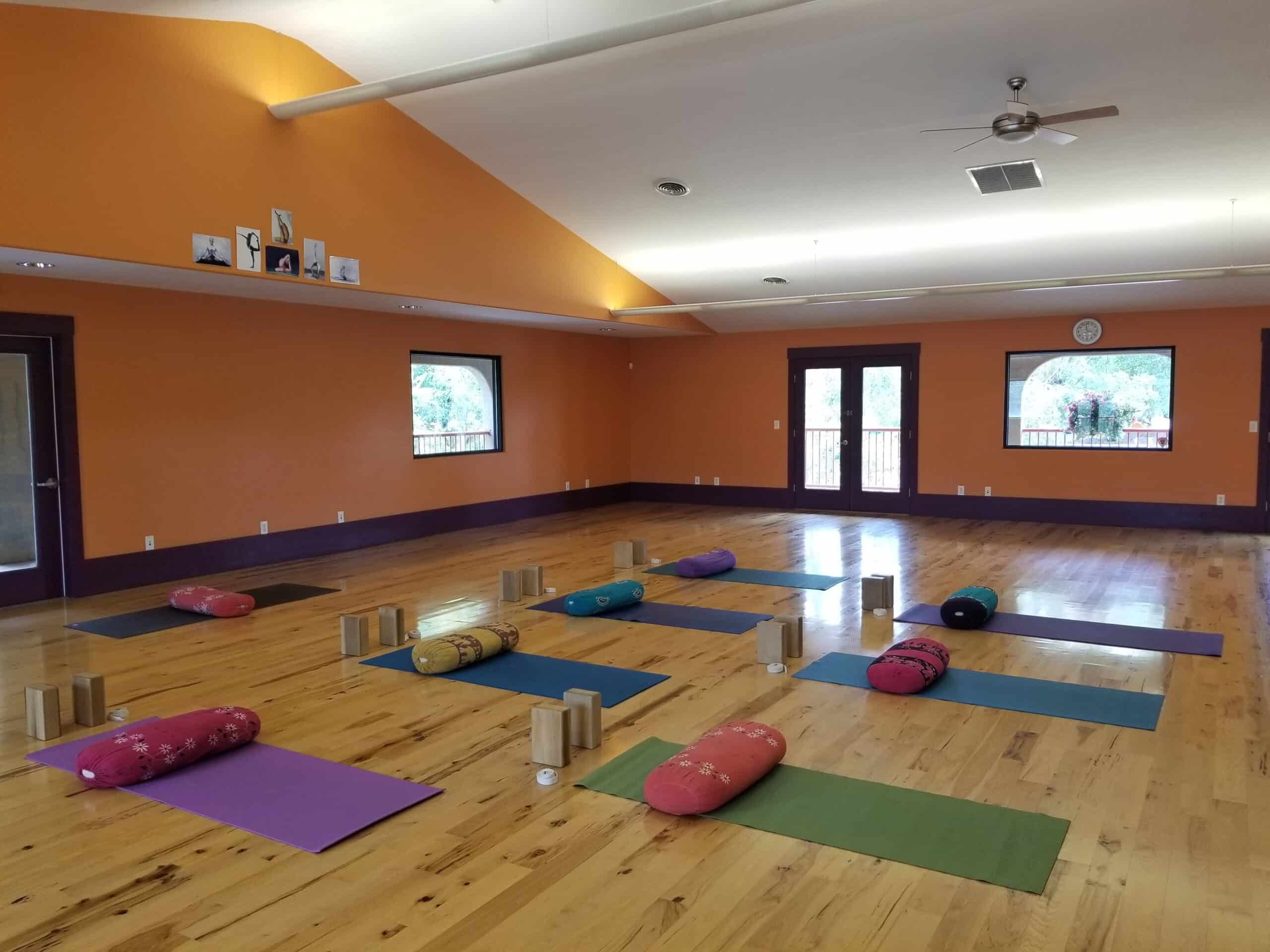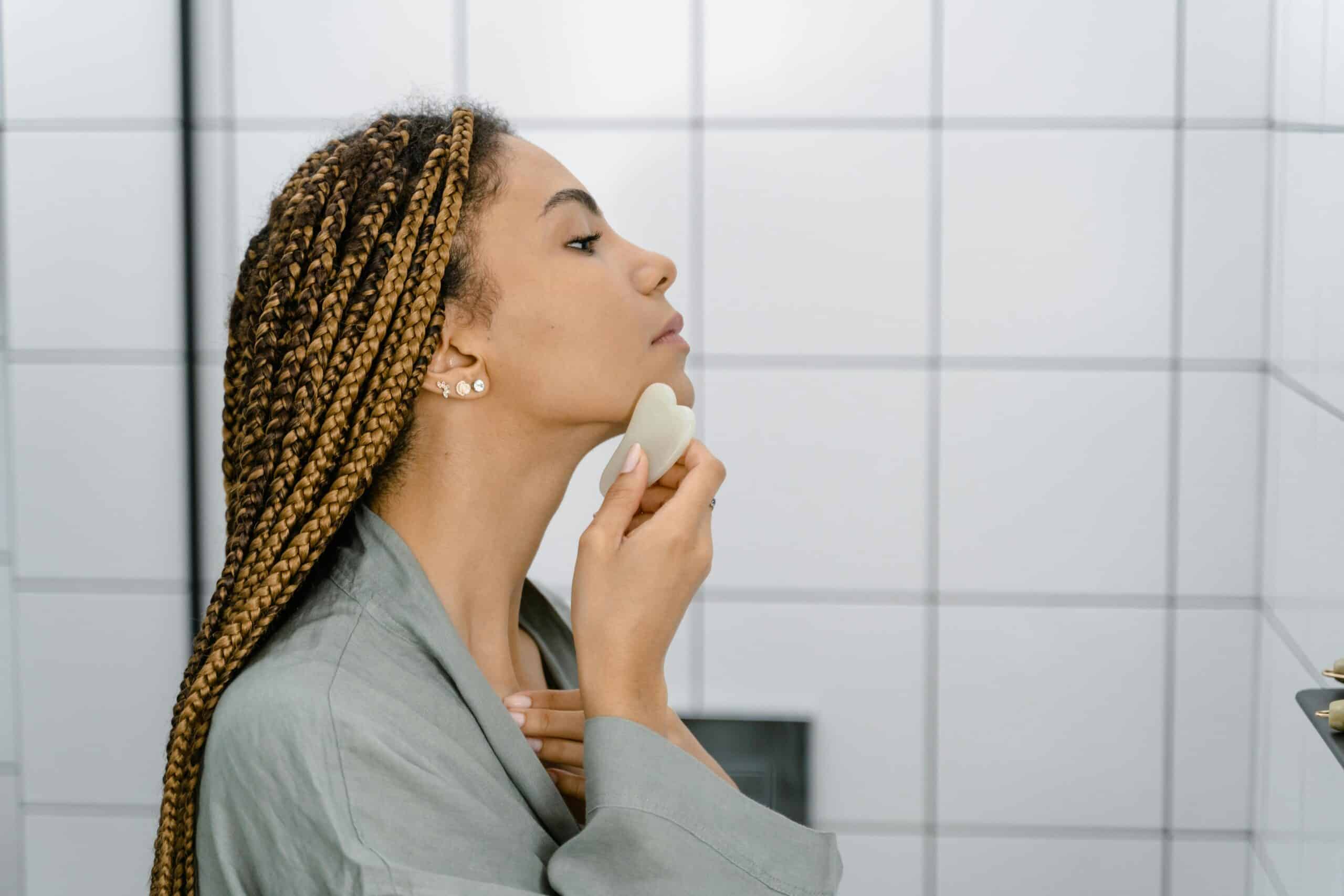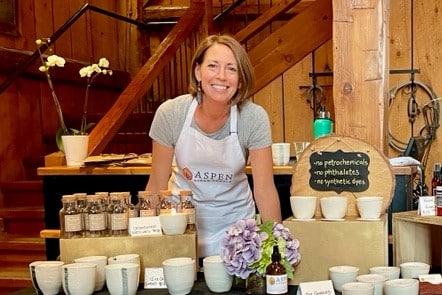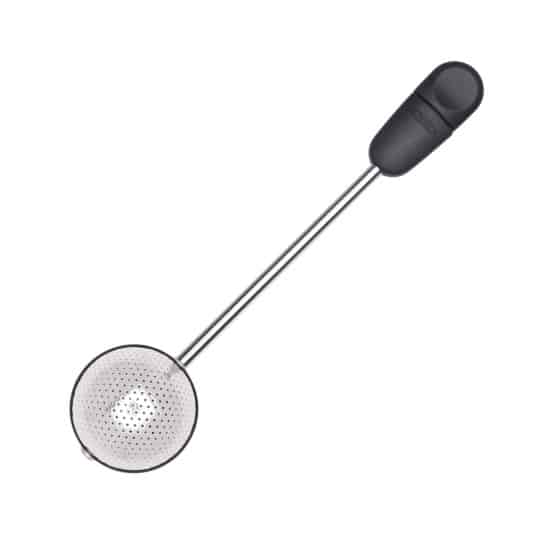Foster Your Art Practice + Spark Creativity : Thoughts From Colorado Artists | By Becca Saulsberry
When I was 5 years old, I wanted to be an artist. Yet, I was consistently told, “No, you will not be able to support yourself.” 18 years later, after exploring supposedly more lucrative and practical possibilities, my childhood aspirations have not dissipated. Many, possibly most, people today do not identify as creators or artists due to similar discouragement, but creating is human nature. It is essential in how we interact with each other and the world. art practice
To rediscover how to foster an art practice and spark creativity, I spoke with three Coloradan artists. Kevin Hoth is a Boulder-based fine art photographer and educator in photography, graphic design and multimedia art; Alie Mahoney hand-carves woodblocks with which she creates prints in Breckenridge; and, from her studio in Jamestown, Martha Russo works on ceramics and installations informed by her background in biology.
As a creative with a design education, I occasionally grapple with the unclear purpose of art. If it does not serve a function, is it wasteful? Hoth, Mahoney and Russo helped paint the vitality of art by breaking down the benefits into those of the viewer and those of the maker. art practice
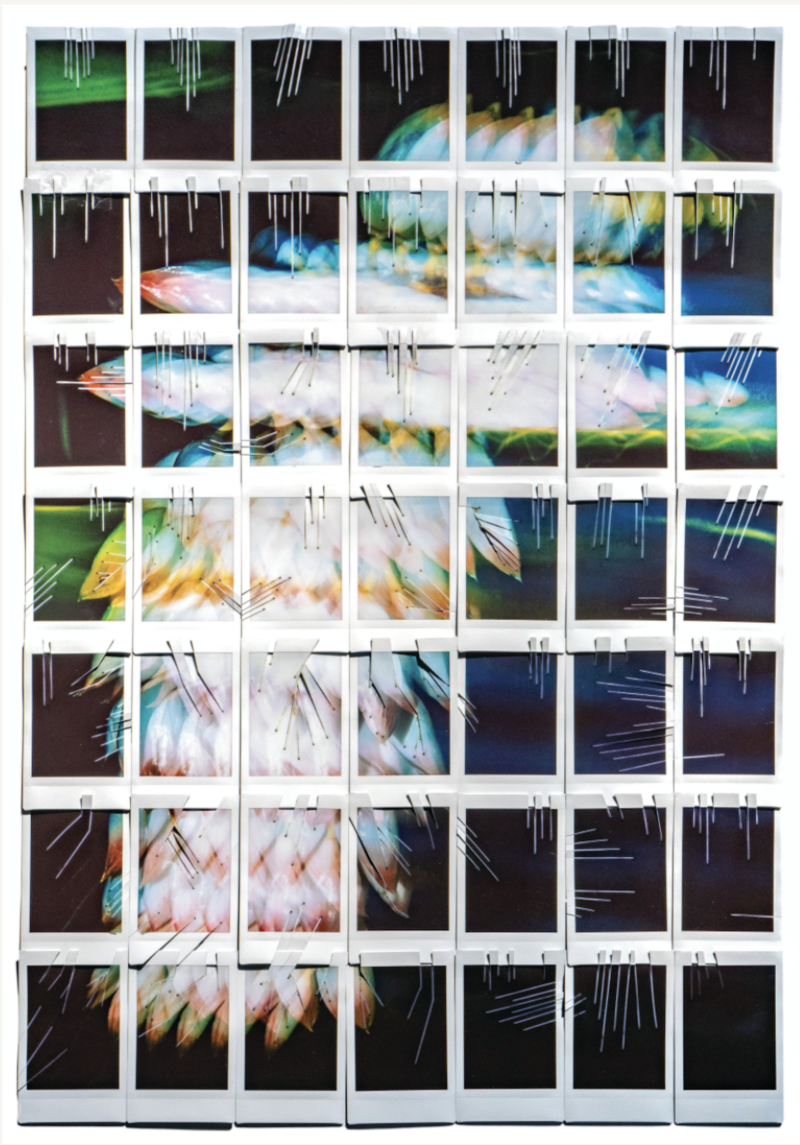
Kevin Hoth is a Boulder-based fine art photographer and educator in photography, graphic design and multimedia art.
“We’re wired to interpret the world visually. Who knows why a ballet makes us tear up? There is clearly something deeply human about it,” expresses Hoth. From Mahoney’s perspective, “Art can also offer [the viewer] hope in times of despair and reveal truths in times of lies.” For the creator, Hoth believes making art is a “way to process living and pain.” He points out children and the prevalence of singing and dancing across cultures to support the idea that we are all born makers. Mahoney adds, “Making art is discovering our inner and outer universes! It is helping share a drop of the intangible with the world. It is interacting with matter and finding purpose.” Russo goes as far as asserting art is essential to life. It is how we communicate. It feels good on a biological level.
With an idea of why people make art and why it is important, I wanted to know how to do it: how to make time for it, how to get ideas and what to do with them. Although the specific structure of his art practice varies depending on his teaching schedule and when he has his daughter, Hoth dedicates time every day. He admits sometimes that simply means meditating, updating a gratitude journal or staring out a window, but it is all part of the process. Having trained as a photographer, he is also always taking photos and noticing light, shadows, colors and clouds. He encourages catering an art practice that fits with your life and personality and assures that it is “worth making no matter what it is.”
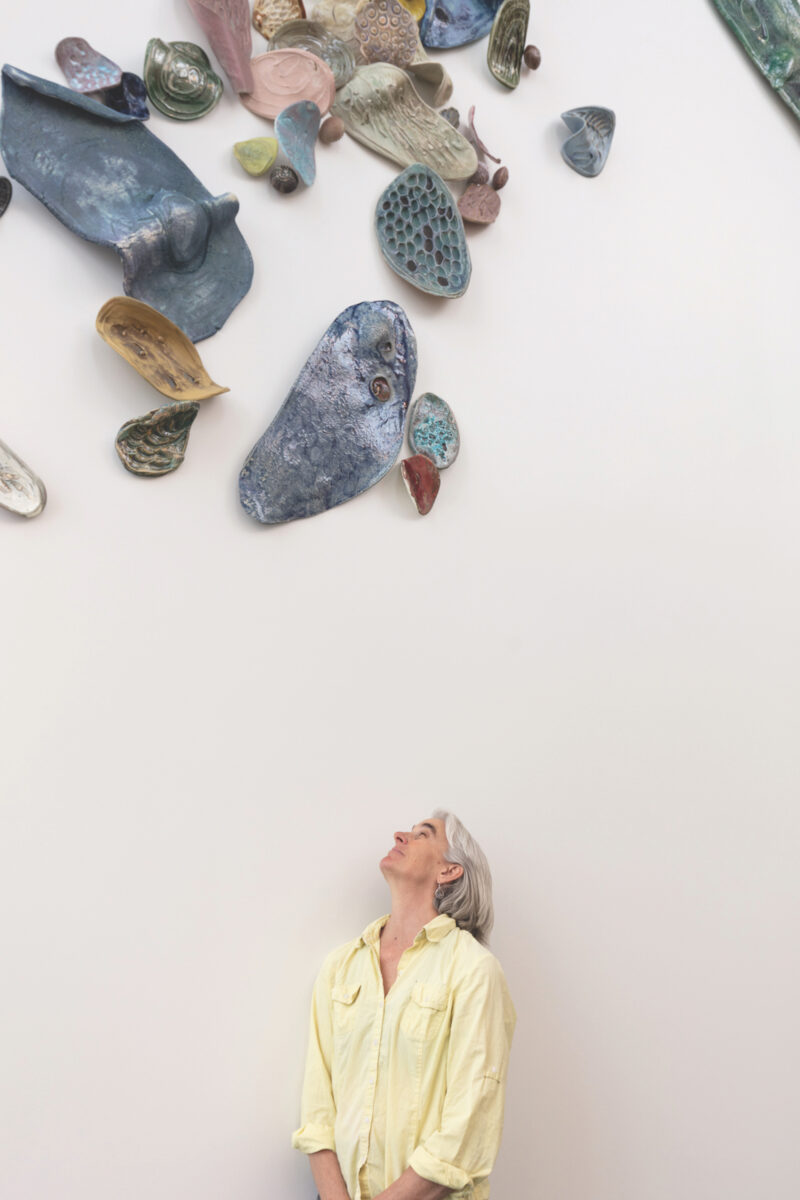
From her studio in Jamestown, Martha Russo works on ceramics and installations informed by her background in biology.
Mahoney adapts her art practice with the seasons. “Long, cold winters in the mountains are the best times to make art. I like to hibernate at home when possible and carve detailed, time-consuming woodblocks. Then the summers are more external, a gathering time of ideas from the garden, woods and bugs,” she explains. Additionally, she jots down notes and sketches before bed and sets aside at least one day a week for art.
Russo similarly advocates for building a customized plan for your art practice, emphasizing that “the most important thing is to figure out when your best energy is.” Russo is the most focused and clear-headed in the morning after some Pilates or yoga, so she reserves this time for the studio and her “junky energy” later in the day for sitting at a computer to take care of business matters.
If ever stuck or unsure of where to begin, these artists recommend committing time, staying curious and observant, trying new things and setting constraints. Russo reiterates that making art is a practice not magic, meaning you get better at it by doing it. According to Hoth, giving yourself time to “do nothing” and play opens you up to ideas, so “let the universe throw things at you!” Making art comes from noticing and investigating, too. “Go outside! Listen to music. Take photos of interesting patterns and textures and colors,” Mahoney urges. Another way to get new neural pathways firing is to try things we’re not good at, says Hoth, or to have new experiences like an art residency says Russo. Lastly, sometimes limiting ourselves to certain materials, timeframes or other parameters can motivate us to work in a fresh way.
Russo summarizes: “Stay aware, be open and create parameters.”
Image of Martha Ruso by Wes Magyar.
Featured image: Alie Mahoney hand-carves woodblocks with which she creates prints in Breckenridge.
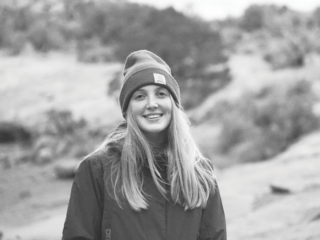 Becca Saulsberry coins herself as an art, design and words nerd and outdoor enthusiast due to her multifaceted creativity and spunky, adventure-seeking spirit. After growing up in Tennessee and Austin, Texas, Becca gained a B.S. degree in Technology, arts and media from the University of Colorado at Boulder. She now works as a freelance designer, illustrator and writer. Catch her in the mountains on afternoon runs or weekend backpacking trips!
Becca Saulsberry coins herself as an art, design and words nerd and outdoor enthusiast due to her multifaceted creativity and spunky, adventure-seeking spirit. After growing up in Tennessee and Austin, Texas, Becca gained a B.S. degree in Technology, arts and media from the University of Colorado at Boulder. She now works as a freelance designer, illustrator and writer. Catch her in the mountains on afternoon runs or weekend backpacking trips!
Originally published in the Summer + Fall 2021 issue
Elevate your tea experience with this must-have accessory. This tea infuser boasts a unique twisting feature, ensuring [...]

Subscribe to Our Tribe
Stay up to date with Y+L News, Events and special announcements.






